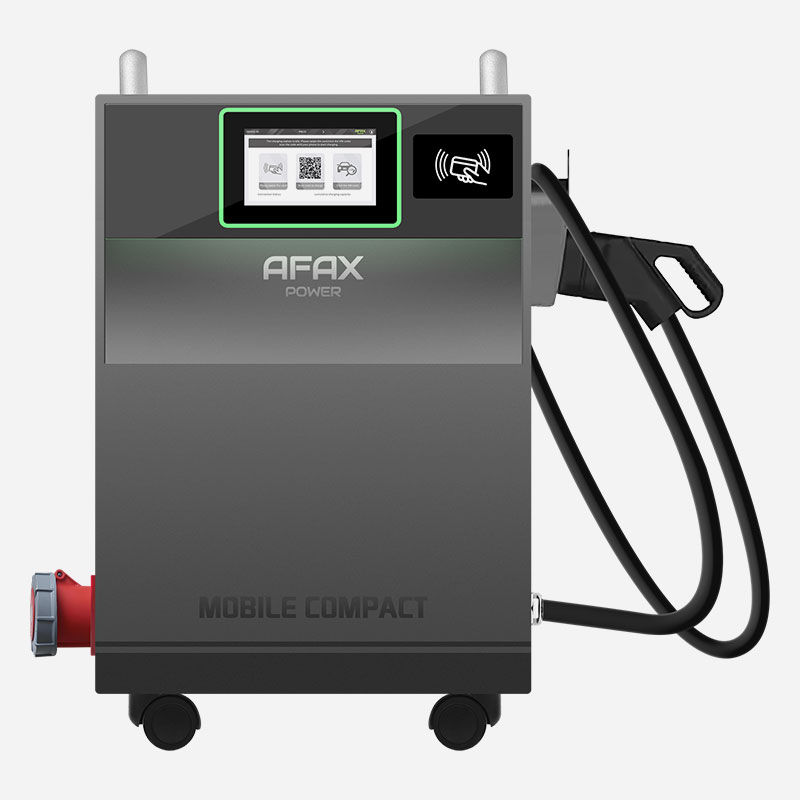Understanding the EV Charge Connector: A Comprehensive Guide
- afaxpower5
- Jul 19, 2024
- 2 min read
Introduction
The electric vehicle (EV) revolution is well underway, and one of the key components that ensure seamless EV operation is the EV charge connector. This guide delves into the various types of EV charge connectors, their compatibility, and the latest advancements in charging technology.

Types of EV Charge Connectors
There are several types of EV charge connectors, each designed for different charging speeds and vehicle compatibility. Here are the most commonly used connectors:
Type 1 (SAE J1772): Commonly used in North America and Japan, this connector supports Level 1 and Level 2 charging.
Type 2 (Mennekes): Widely used in Europe, this connector
supports single-phase and three-phase alternating current (AC) charging.
Combined Charging System (CCS): This connector combines Type 1 or Type 2 with two additional direct current (DC) pins, supporting both AC and DC fast charging.
CHAdeMO: Developed in Japan, this connector is used for DC fast charging and is compatible with several EV models, including those from Nissan and Mitsubishi.
GB/T: The standard in China, this connector supports both AC and DC charging.
Compatibility Challenges
One of the challenges in EV charging is ensuring compatibility between the vehicle and the charging station. Not all EVs use the same type of connector, which can be a hurdle when finding a compatible charging station. To address this, many charging stations are now equipped with multiple connector types, and adapters are available for certain connector combinations.
Advancements in Charging Technology
The EV industry is continuously evolving, and so is the technology behind EV charge connectors. Here are some notable advancements:
Ultra-Fast Charging: Technologies like Tesla's Supercharger and Electrify America's 350 kW chargers significantly reduce charging times, making EVs more convenient for long-distance travel.
Wireless Charging: Using electromagnetic fields to transfer energy between coils, wireless charging eliminates the need for physical connectors, providing a more convenient charging experience.
Vehicle-to-Grid (V2G) Systems: These systems allow EVs to supply excess power back to the grid, providing a new avenue for renewable energy storage and utilization.
Smart Charging: Connected to the internet, smart charging stations offer real-time data on station availability, wait times, and automated billing, making the charging process more efficient.
The Future of EV Charging
The future of EV charging looks promising, with continuous advancements in technology and infrastructure development. Standardization of charging connectors and protocols, increased investment in charging infrastructure, and the integration of renewable energy sources are all expected to play a crucial role in shaping the future of EV charging.
Conclusion
Understanding the different types of EV charge connectors, their compatibility, and the latest advancements in charging technology is essential for the growth and success of the EV industry. As we move towards a more sustainable future, the evolution of EV charge connectors will play a pivotal role in making electric vehicles more accessible and convenient for everyone.




Comentários